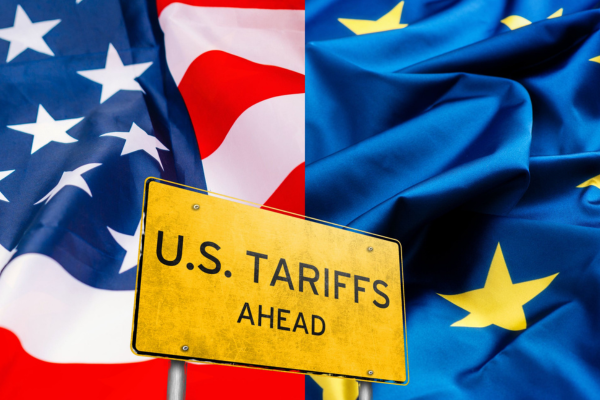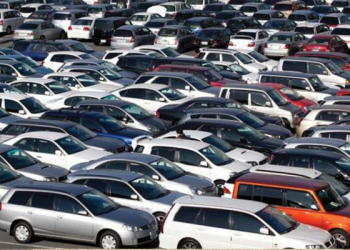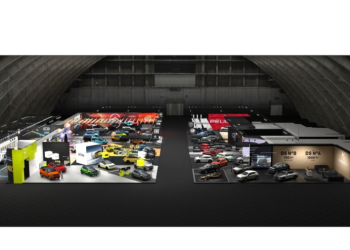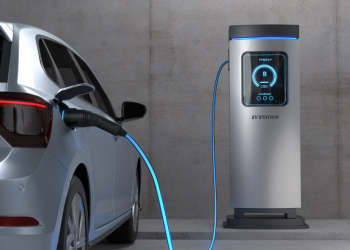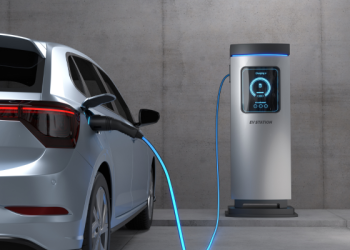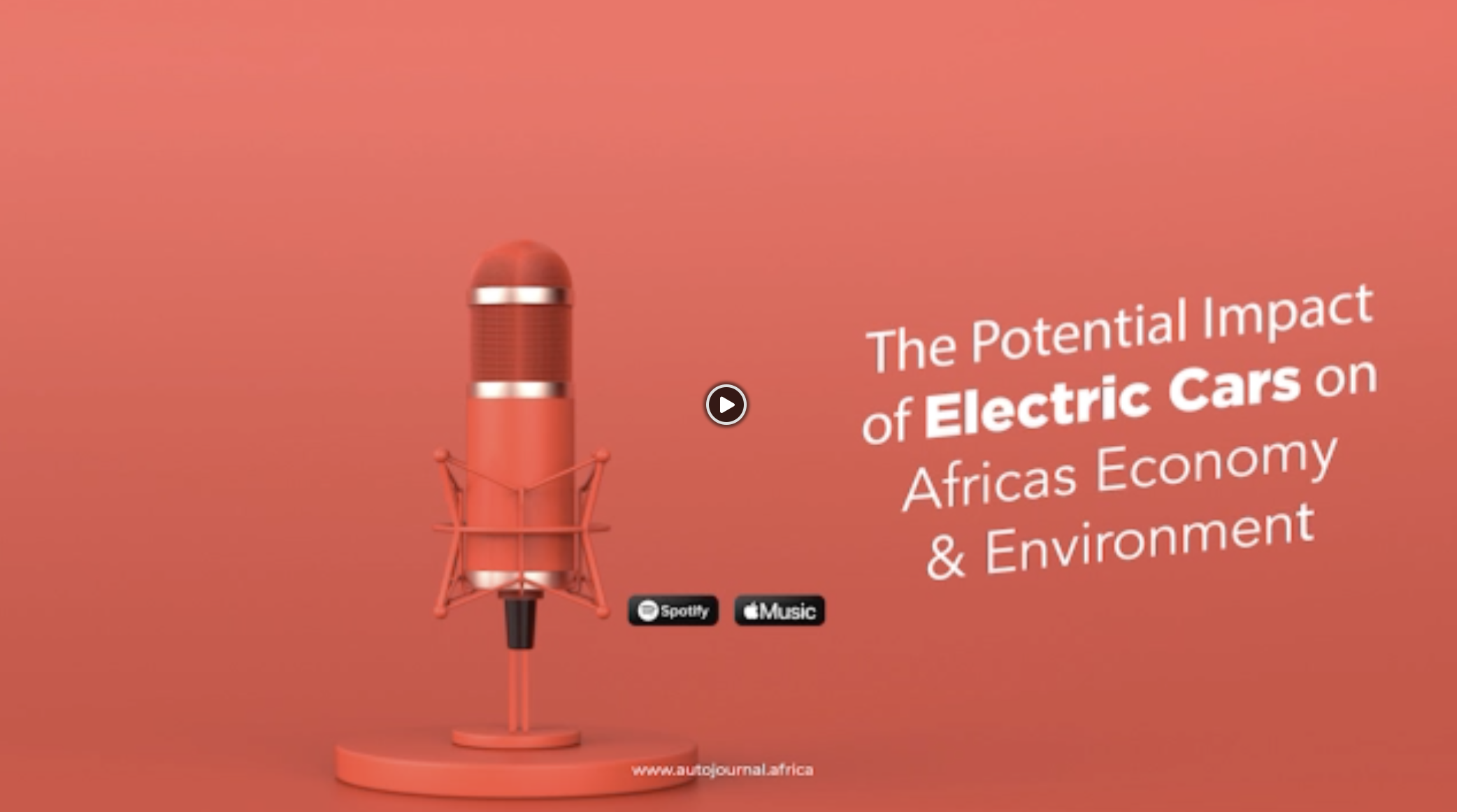The European Union is still waiting for the United States to act on key parts of a new trade deal, EU officials said on Tuesday.
The two sides agreed on a framework trade pact in late July, aimed at cutting tariffs and easing tensions. A 15% baseline tariff on European exports came into effect last week, but other promised steps have yet to follow.
These include a White House order to cut the 27.5% U.S. tariff on EU cars and car parts down to 15%. “We believe the agreement is strong and the best possible,” a European Commission spokesperson told reporters. “We expect the U.S. to take further steps, but there is no set timeline.”
The deal also covers high-tech goods like semiconductors and pharmaceuticals. President Donald Trump assured the EU that even if U.S. investigations raise tariffs on these goods, rates will not exceed 15%.
Officials are still finalising a list of products, such as aircraft, that will have zero tariffs on both sides. Other goods will get reduced to most-favoured-nation rates. Talks over wine and spirits are expected to continue into the autumn.
Steel and aluminium remain a sticking point. While EU exports to the U.S. still face tariffs of 50%, both sides have agreed to work on a quota system and a “metals alliance” to bring those duties down. In the meantime, European smelters face higher costs as U.S. tariffs drive up prices for scrap metal, their main input.
The agreement is being watched closely by EU carmakers, tech companies, and steel producers, who say delays risk hurting jobs and investment.
Read more on One last ride: Honda ends European run of Civic Type R after 28 years




